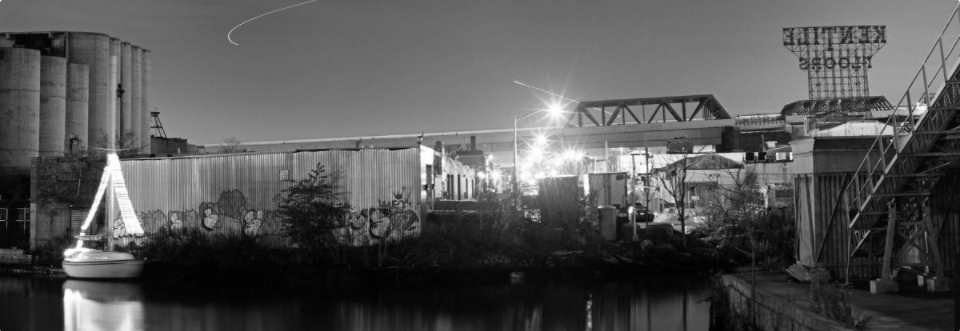 This week we’re spotlighting The Gowanus Project. This project explores the neighborhood and the history of its namesake, the Gowanus Canal, from four angles: arts and community, community and displacement, green infrastructure, and public space. Each section has curated images, an outline, an annotated bibliography and a podcast. Together, the visitor is taken on a multisensory adventure of the neighborhood that explores the past and present of the neighborhood, and the main contentions forming its future.
This week we’re spotlighting The Gowanus Project. This project explores the neighborhood and the history of its namesake, the Gowanus Canal, from four angles: arts and community, community and displacement, green infrastructure, and public space. Each section has curated images, an outline, an annotated bibliography and a podcast. Together, the visitor is taken on a multisensory adventure of the neighborhood that explores the past and present of the neighborhood, and the main contentions forming its future.
This project is the culmination of a semester-long inquiry into the Gowanus Canal led by Professors Nora Almeida and Amira Joelson for their LIB/Arch 2205 course. Over the course of the semester, students became ‘experts’ on the canal and its history through readings, podcasts, documentaries, and site visits. They digested their growing knowledge of the canal through written site reports summarizing their visits, and snapping photos and sketching out specific features of the surrounding built environment.
On a technical level, this project is an excellent example of how to transform coursework into a publically interesting and useful project. For those of us who use the OpenLab, at the end of the semester our course sites are often full of interesting insights from our students. However, the content remains organized for a classroom audience. In some cases, this works – allowing another outside visitor to review and maybe even take your course. Nora and Amira’s approach to using the OpenLab for this course offers an alternative. By reorganizing the content on your site, or creating a separate project site as Nora and Amira did in this case, you can configure students’ insights in a way that is more legible to an external audience.
This project also makes an important pedagogical pivot worth noting; using the OpenLab, it reworks traditional ‘learning’ relationships and re-situates students in the domain of public knowledge. In our classrooms, students are often situated as ‘the learners’ – those who take in information. This project, however, uses the OpenLab to also situate students as the knowers, and as the producers, curators, and sharers of knowledge. In many ways, this re-situating represents an important potentiality of open digital pedagogy and what can be achieved on the OpenLab, and we encourage you to consider if this is a value you can achieve in your courses as well.



